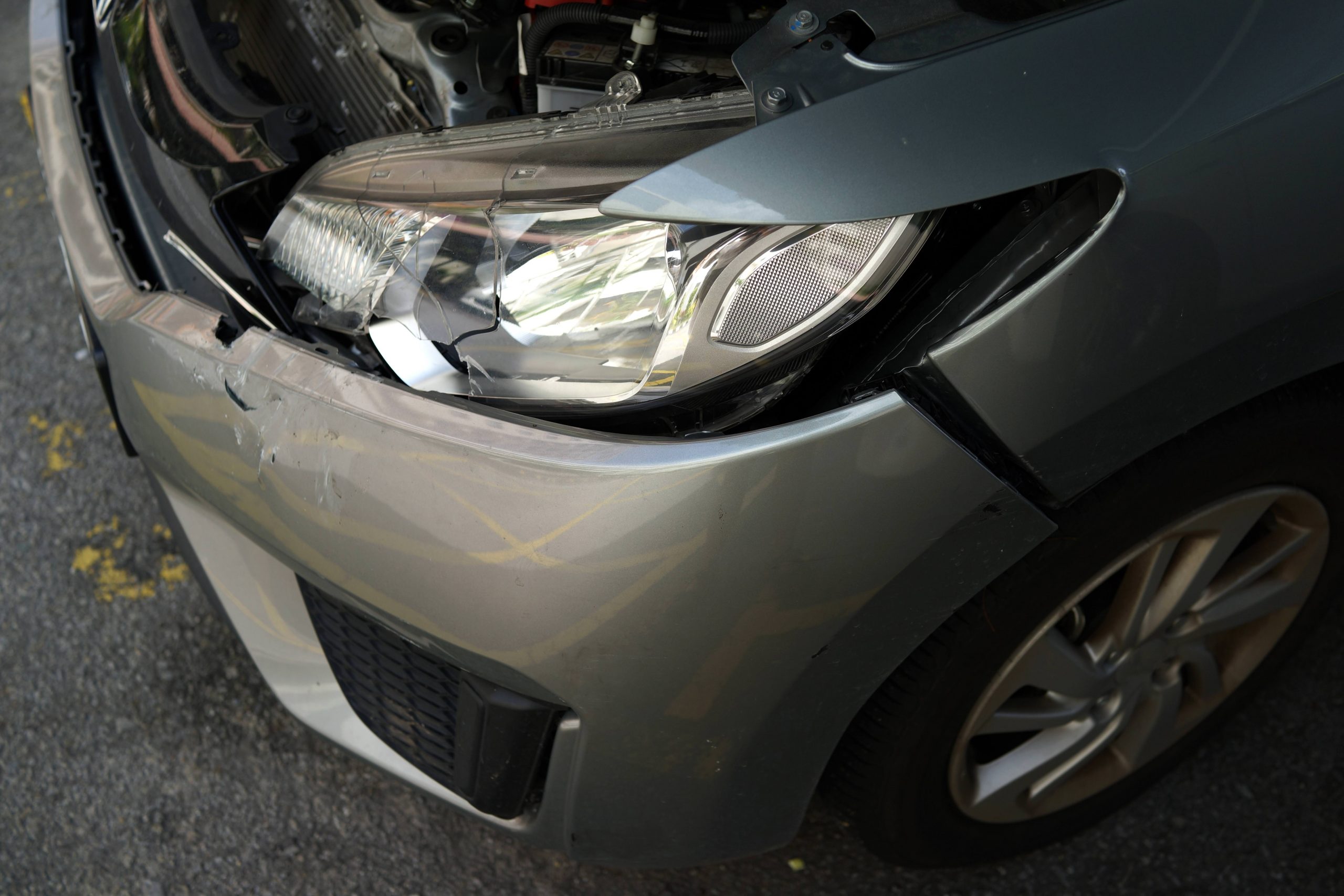In many accidents, injuries do not result solely from the accident itself. Defective vehicle design or manufacturing may also be responsible for the
injuries. For example, when a car equipped with a defective steering column crashes, the passengers are likely to suffer more severe head trauma than would have been caused by a crash alone.
The Enhanced Injury Doctrine
When a vehicle’s design defects cause more serious injuries in a collision than would have occurred in a vehicle without defects, the “enhanced injury” doctrine may apply. Under these circumstances, the manufacturer or seller of the vehicle may be liable for all, or a portion of, the injuries sustained in the accident. Even if the design defect was not the cause of the accident, it could still be a cause of the injury.
The “enhanced injury” doctrine holds that manufacturers of vehicles are obligated to minimize the injurious effects of an accident, no matter what actually caused the accident. Under the doctrine, a manufacturer or seller of a vehicle or vehicle part may be liable under strict liability,
negligence, or breach of warranty theories for injuries sustained in an accident where the defect in the product exacerbated the passenger’s injuries, even though the defect was not the cause of the accident. The defect can be anything that compromises the safety of the vehicle as a whole.
Examples of Design Defects in Enhanced Injury Cases
Several defective designs have been linked to enhanced injury cases. Some of these include:
-
Vehicle Fuel Systems – Collisions may cause fuel leaks that ultimately lead to explosions. Such leaks may be the result of insufficient pressure in the fuel lines, fuel pumps that fail to shut off after a collision, or fuel that spills out of the fuel tank after a collision.
-
Vehicle Restraint Systems – Improperly functioning seat belts and airbags may result in harm to a vehicle’s occupants – they can cause severe head, facial, and abdominal injuries. Vehicles that have only lap seat belts, automatic seat belt systems which provide only a shoulder harness, or devices which allow seat belts to be worn in a loose fashion may “enhance” injuries.
-
Vehicle Rollovers – Vehicles may have design defects that make them more likely to roll over in a collision. This problem may result from overall vehicle instability, insufficiently reinforced roofs, or designs which cause occupants to be ejected from the vehicle during a rollover.
Manufacturer Liability
The extent of a manufacturer’s liability for enhanced injuries depends on the type of injury. There are generally two types, divisible and indivisible injury. Injuries are deemed “divisible” when liability for them may be allocated among two or more wrongdoers. For example, assume a person involved in an accident suffered from both a broken leg and severe burns. The broken leg would likely be attributed to the collision, while the burns may be the result of a fuel system defect. Under those circumstances, the manufacturer of the fuel system may be liable for the burns, but would not be liable for the broken leg. On the other hand, if a person suffers from an “indivisible” injury, resulting in paralysis or death, the manufacturer will often be liable for the entire injury.




